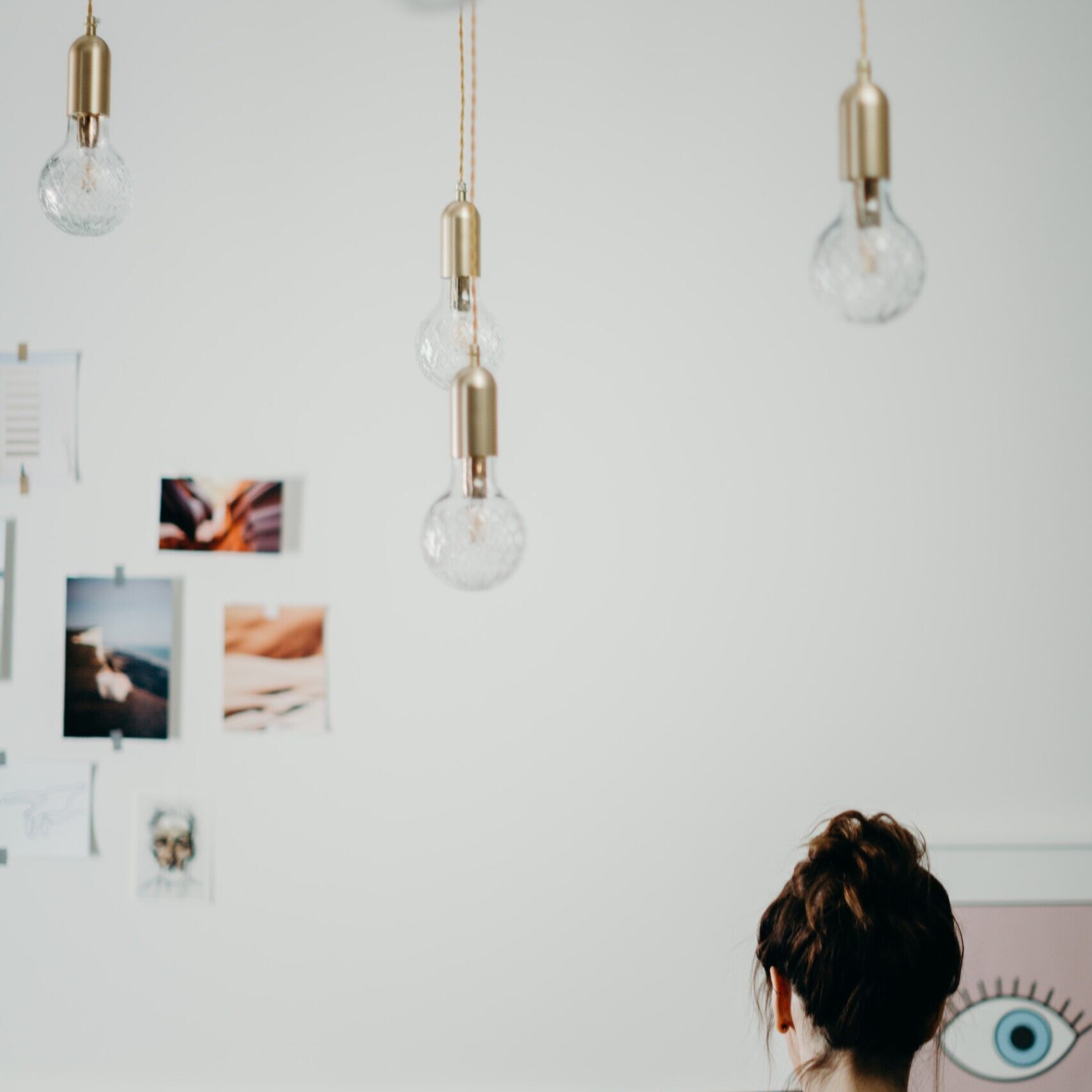A Fine Balance: UI Design Layout Strategies
Layout, while related to the overall design of a site, is truly about the experience of moving through an interface, being able to easily identify and locate what is needed as quickly and intuitively as possible. Further, a truly effective web design is judged not by a creative director or site owners, but ultimately by the site user. The greatest of importance has been placed on user experience – and this must be of the utmost importance when implementing a design layout.
To begin, while it may seem rudimentary, it is helpful to get thoughts on paper – even sketches. Many designers jump right to the comfort of their CS thinking that inspiration and innovation will come. Taking a moment to gather information and content from a kick off, truly taking into consideration the needs of a user will bring ultimate payoff in conversion rates.

Speaking more technically, wire framing and prototyping have become important steps in any screen design process. The action of planning and laying out how the user will process information will allow a greater definition of information hierarchy and result in a clearly optimized solution right from the start. Content, again, is the driver in this case. Wireframing acts as a blueprint for the site before it becomes the colorful, type and image driven beauty that it will transform into. As with design layout, it’s important to ensure the stability of a structure before breaking ground. Many times, through this process, weak content and information will become highly visible resulting in tweaks which are more easily accommodated at this stage.
Because prototypes are a good representation of an end product, they can be an amazing tool when presenting an idea to a client or team for development and feedback. By simulating a true interaction between the interface and user, the use of a prototype proves incredibly inspiring (if the design is good) and useful in pushing a project along.
From here, building a grid to house the UI framework will be an easier task with wireframe content in hand. A grid will enable easier structure throughout sections of a site and guide specific screen size requirements helping to create responsive templates which have become commonplace. With content in place, a solid wireframe and grid in hand – the fun part begins when the design starts to take shape.
Color and typography are initial decisions that will drive the tone of the layout – along with image selection. With these elements in hand, the concepting process moves along. When working on an interactive concept or design its important to ensure the client is engaged through the process.
Because the users needs are paramount, striking a sense of balance regardless of the layout is key. Choosing a single focal point, particularly on the main page will bring a sense of return to the main information hub, leading the user around the site. This balance can also be accomplished by employing the rule of thirds or golden ratio – dividing a page into thirds both vertically and horizontally providing natural points of composition. This methodology is tried and tested, however can be seen as dated with scrolling and parallax developments.
Of course every client and project requires its own set of individual implementations – however, that being stated, the primary objective remains: the goal of the site is to communicate. Creating a design layout and delivering a balanced, useful and appropriate site for the brand or company will result in the union of content and layout.
Related Articles
Navigating the Design of Input Controls in UI
January 6, 2024
UI Signifiers in Website Design
January 5, 2024



